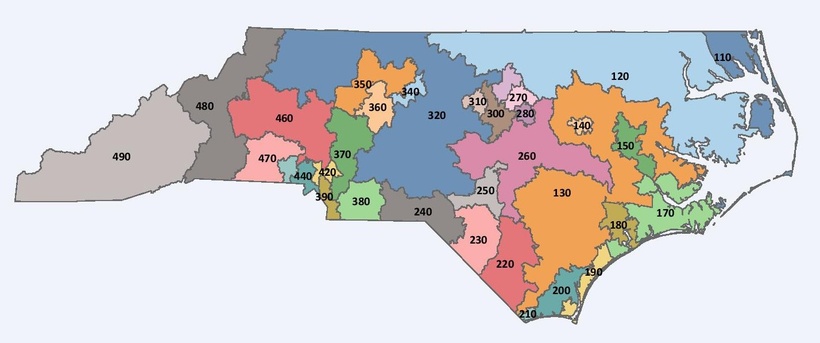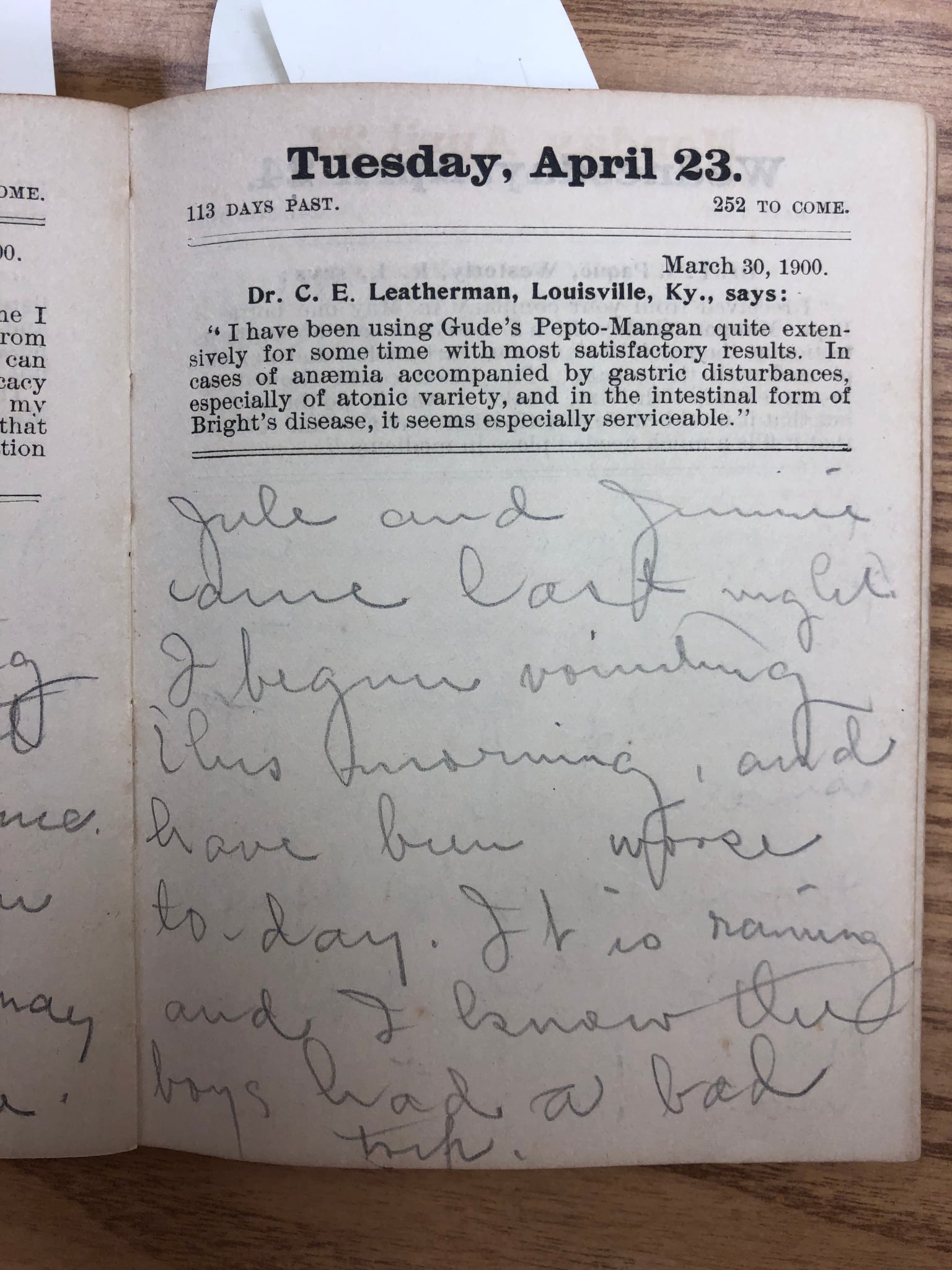Dare school board votes to ask commissioners to fund meals for rest of year
The Dare County Board of Education voted Thursday to formally request the Board of Commissioners approve funding for a universal meals program for all students at the northern beach and Manteo schools for the remainder of the 2024-25 academic year.
The decision comes in the wake of community outcry over students at middle and high schools reportedly being refused service, or even having food taken away after it had already been served, if they exceeded a negative balance of $10 or more on cafeteria charge accounts.
The Board of Education on September 16 approved providing breakfast and lunch for free to all Dare County students for a 30 day period at the Kitty Hawk, First Flight, Nags Head and Manteo schools at a cost of $44,000.
It does not apply to the Cape Hatteras schools, which already offer meals at no charge through a federal reimbursement program.
Students are limited to just a single servings entree and sides for free, and must pay out of pocket for second helpings and/or extra items.
The money to cover the 30-day period was allocated from the school system’s budget fund balance.
In just one week, the schools where the free meals are now offered to all have seen an increase of 31% in the number of breakfasts served, and almost 15% growth in lunches.
At a meeting last Friday of the Dare County 5-On-5 Committee, composed of school and county representatives, it was recommended the school board make a formal request of commissioners for the funding that has been estimated to cost around $400,000 annually.
The Board of Education then held a special meeting Thursday night to formalize that request.
District 2 member Mary Ellen Ballance, who made the initial motion for the 30-day plan last week, was the most vocal advocate for the universal meals plan.
“You can see math and ELA (scores) over the course of three years goes up dramatically,” Ballance said, referencing a chart she shared with other board members showing performance results from school systems that offer universal meals.
“So if we start looking at this, instead of giving people free meals, start looking at it as an investment in our students, which are our customers, their academic success, this is a cost of business, just like insurance, just like any other bill you have when you run a business,” Ballance said.
But fellow District 2 member Ron Payne questioned if there was an actual need to offer free meals to all.
“I can’t get a straight answer from anybody on what happened that day,” Payne said, referencing a Facebook post three weeks ago that alleged a student had their lunch taken away.
Payne said in his two years on the board he had not heard about any issues over student meals.
“How many students are not getting fed? 1? 100? Nobody can answer that question,” Payne said. “That’s a question I want to answer. How many kids are not getting fed?”
Payne added in final discussions prior to the board’s vote that he was concerned about the speed at which the issue was being addressed, and wanted more data before making his decision.
District 3 member Matt Brauer was also concerned that if the commissioners approved the universal meals plan, the funding would be pulled from some other source designated by the county for the school district.
School Superintendent Steve Basnight said that would likely not be the case for this appropriation, rather it would be considered a budget amendment by the commissioners.
Board Chair David Twiddy agreed with Basnight’s assessment and also echoed that for future years, it could be included as a line item in the system’s budget requests.
The board approved by a 6-1 vote that the formal request be made for the universal meals funding at the commissioner’s next meeting. Payne was the lone dissenter.
The Dare County Board of Commissioners will next meet on October 7. The agenda for that meeting will not be finalized until next week.
School district leaders also plan to work on a marketing and outreach campaign to encourage more families to apply for free and reduced-price meals in the meantime, which could help reduce the overall cost of the universal program.
Currently, around 55% of the district’s roughly 5,000 students qualify for free or reduced-price meals based on family income levels, which are then funded by direct federal appropriations to the district.


















